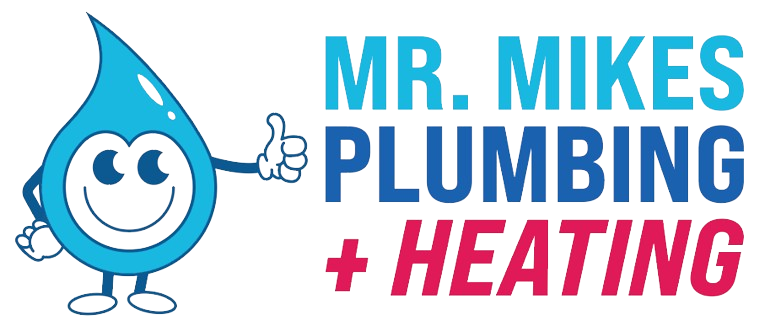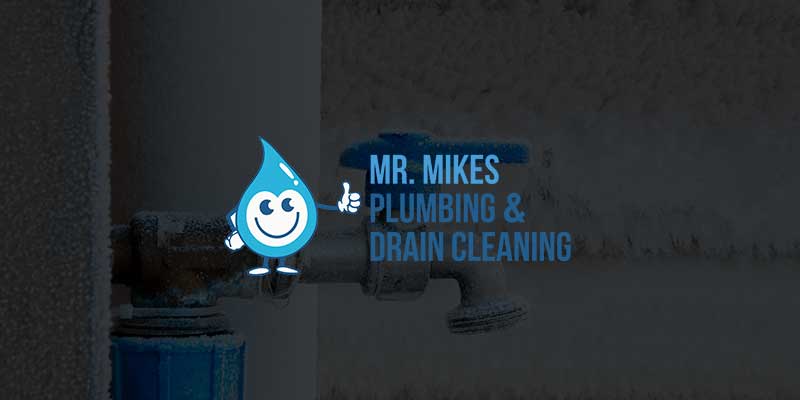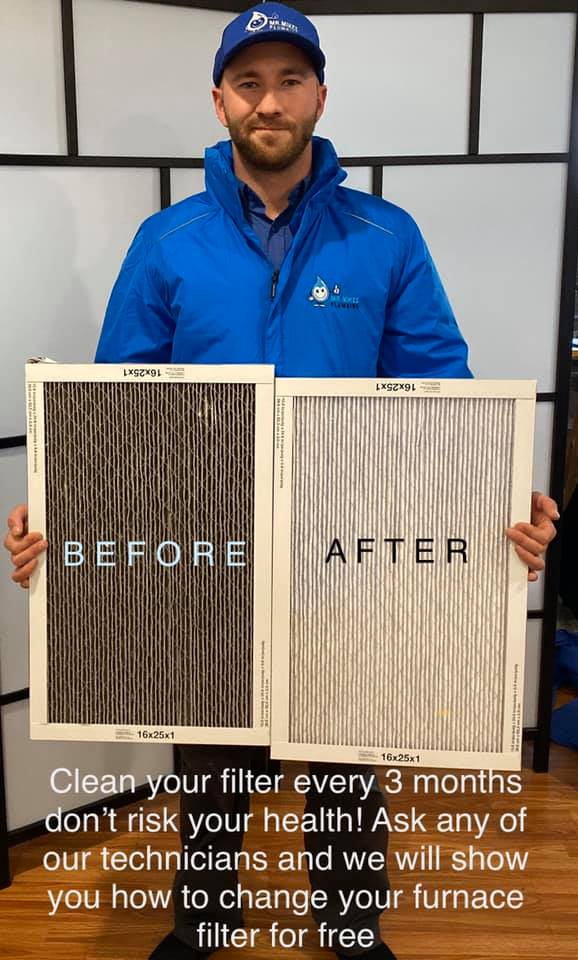
Budget Bathroom Remodel ? Making the Best Choices
March 7, 2019
Mr. Mike’s uses plumbing supplies Calgary can trust…
March 8, 2019Preventing your pipes from damage is a very smart move. You do not want to be in your home when a pipe suddenly bursts and spews water all over the place.
Homes elevated from the ground need to be underpinned, and the pipes require insulation in extremely cold temperatures. Fiberglass, pre-molded foam rubber sleeves, and heating tape to wrap pipes work well for the task.
When the fall season comes, it is advisable to clean the gutters to remove leaves and debris. This is especially critical if you live in an area where there is snow and rain during the winter. Clogged drains allow water to back up and freeze, which causes water to get into your home. While you are cleaning your gutters, check for leaks and improperly aligned pipes. Water directed away from the foundation of your home prevents flooding and additional water damage.
Winterize The Property To Prevent Freeze Damage
Initial work orders for a vacant property will instruct the contractor to winterize the property. Winterizations are generally performed during the months of September through April in regions where temperatures can be expected to drop below freezing. Winterizing is simply the process of removing water from plumbing supply lines and adding antifreeze into plumbing drains.
To be prepared to winterize a property, the contractor must know how to complete both a dry winterization as well as a wet winterization. A dry winterization is one where the house utilizes dry heat, as opposed to heating with water (radiant heat system), which would require a wet winterization.
Protect Yourself From Liability…
Winterize Properly
Your potential exposure to liability for damage to the property is greatest when you perform an improper winterization. You need to pay very close attention to this: if you perform an incomplete winterization, you can be held liable for damage caused by frozen water in pipes or for leaking pipes when the water is turned on in the future.
Please don’t dismiss this very serious warning. We have paid over $20,000 in damages for winterizations that were done improperly! So, pay very close attention to the details of this presentation, and note especially where we have included special warnings of liability.
Dry Winterize Following These Steps
The following steps must be completed in order to properly perform a dry winterization and to protect yourself from liability for pipe damage and water damage. Each step needs to be documented by photos.
- Make sure water is shut off at curb/street and at main in house. Use zip ties to show that shut off valve has been shut off and secured in “off” position (include photos).
- Turn off power or gas to the water heater (include photo).
- Attach garden hose to water heater and drain outside (include photos).
- Attach airline to washer valves (cold water or both) and compressor (include photos). Your compressor should meet these minimum standards: 1) 5-gallon tank; 2) 3.8 SCFM@90psi.
- Use 35-40 pounds air pressure to drain the water heater and all of the plumbing supply lines.
- Beginning upstairs, open every water valve in the house one at a time, until water is evacuated from all the supply lines. Don’t forget the kitchen sprayer, the ice-maker water supply, and all outside faucets.
- Close all the valves to pressure test the system at 40 psi (include photo).
- Pour antifreeze in every drain (include photos). Remove water from toilet tank and bowl before adding antifreeze. Don’t forget floor drains and the drain in the bottom of the dishwasher.
- Place stickers on every plumbing fixture (include photos). Don’t forget the front door/window (affix it to glass) and the electric panel (affix it over the water heater switch). Write the date on at least these three: kitchen sink, water heater, and front door/window.
- If it is a good system, shut off and zip-tie the main, drain the well tank, turn off the power to the well, and affix stickers to the good tank and well switch in the electric panel (include photos).
If the compressor stayed off for at least 20 minutes while you added antifreeze and affixed stickers, then you can confirm that the system held pressure. If the compressor did not stay off but continued to cycle on and off, then the system did not hold pressure. If the system did not hold pressure, try to discover where the leak is.
If you cannot discover the source of the leak, then meet with our licensed plumber to find out where the leak is.



